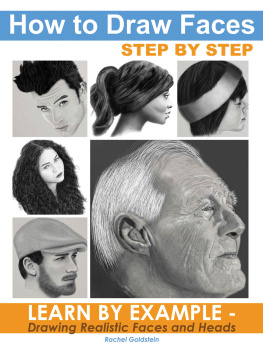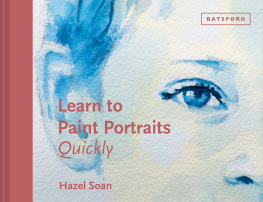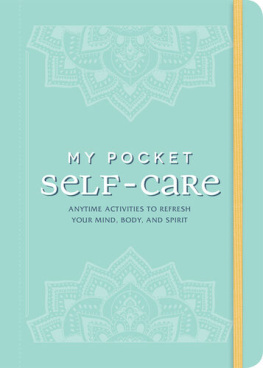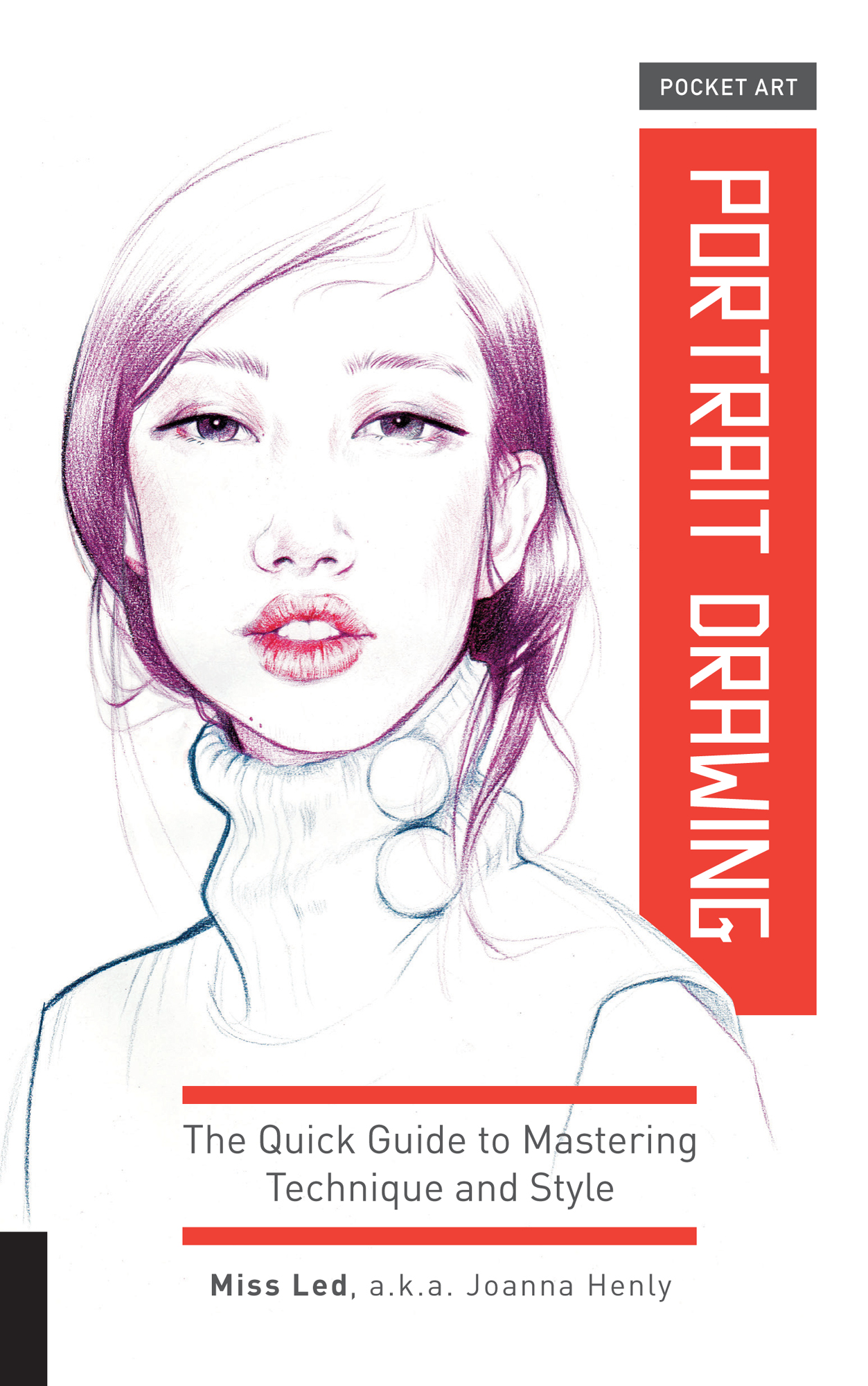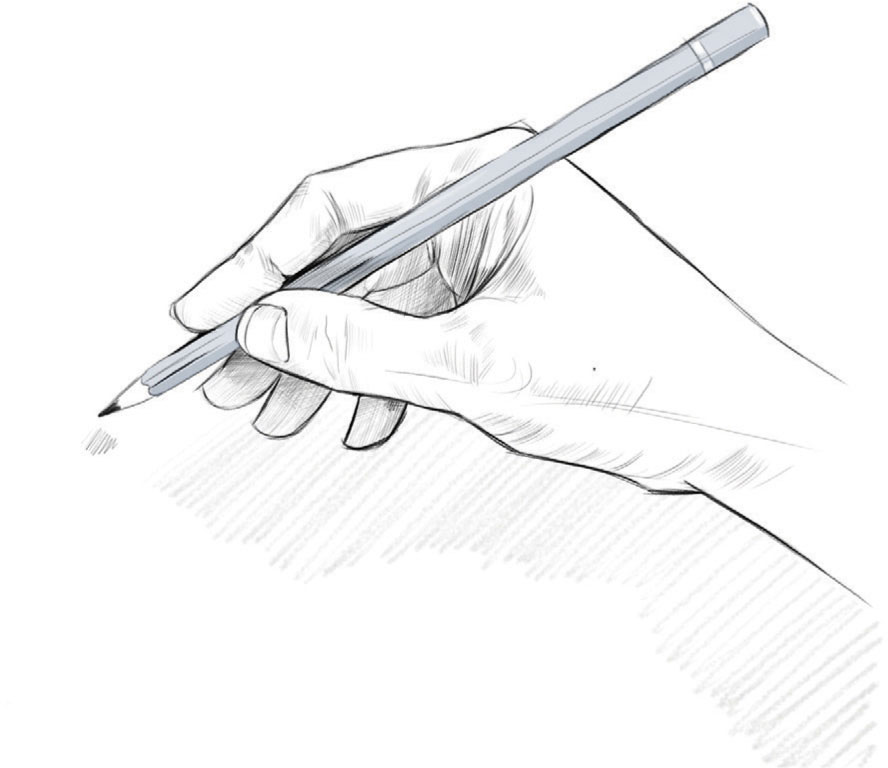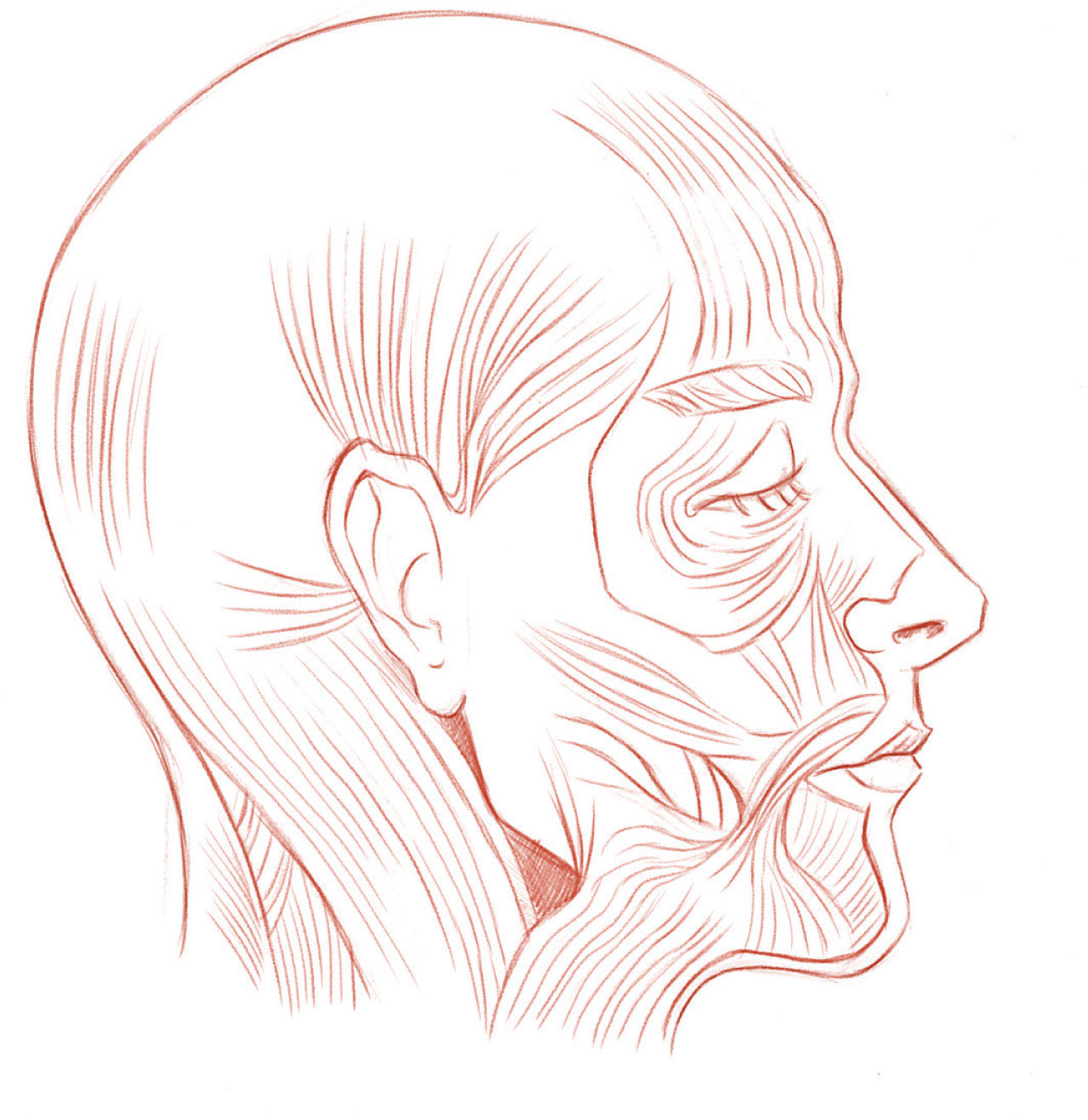POCKET ART
PORTRAIT DRAWING
The Quick Guide to Mastering Technique and Style
Miss Led
a.k.a. Joanna Henly

INTRODUCTION
Growing up, I drew every single day, filling pads of paper with images of the people around me. When I wasnt portraying family members and friends, I would silently capture unsuspecting strangers and passersby with my pencil and paper, as I still do now.
I feel so blessed to be making a living by drawing and painting. Although I am commissioned by brands globally to create portraiture and fashion illustration, I continue to pack a sketchbook when I leave the studio so I can enjoy freer gestural responses to sketching people wherever I go. Thats whats so addictive about drawingits easy to access and you can do it just about anywhere.
The best way to learn to draw is to look, practice, and look again. Drawing is something that never becomes old or tiresome because you are always learningand that adds to the excitement of creating something from nothing. The more you draw, the more you develop your style and an awareness of the inspiration all around you. With portraiture, there is never a shortage of subjects!
Thats why Ive created this book as a visual guide. Ive packed it with hands-on information and easy-to-follow guides to help you get started.
This book is designed to fit easily in your bag or backpack. Keep it with you for sketching on the go or open it at home to get ready for your own inspirational journeys.
You have everything you need in this guide, so grab yourself a sketchbook, a few basic materials, and lets get started!
Lewis Hamilton, commissioned by T3 magazine
YOUR SETUP

POINT OF VIEW
When youre at home with a choice of places to work, I recommend sitting or standing at a desk or work table. When possible, work on an angled surface. Make sure your work surface is not too low, which will quickly tire your back and neck, or too high, which will affect your line of vision.
You want a good amount of distance from your drawing so that you can step back, or lean back, and view the whole drawing, not just the details.
If you dont have a table or desk with an adjustable angled surface, tape your paper to a drawing board or sheet of stiff cardboard or wood. Sitting with one end of the board on your lap and the opposite end propped against a table, youll be able to find a good angle. Or, if you prefer, place the entire board on the table and prop one end on a solid stack of books. I find that using a bit of Bostik Blu-Tack removable adhesive at the bottom of the boardto stop slippingis very helpful.
HOW TO HOLD A PENCIL
Youll use two familiar holds while drawing. In the first, the pencil almost rests between your index finger, middle finger, and thumbtry it to get the feel of the lighter grasp and the extra freedom it allows. The second hold is a more familiar grip, most commonly used to hold a pencil while writing, in which your fingers and thumb control the pencil and it is held closer to the lead. See how the position of the pencil differs in each.
FOR INITIAL, SOFTER LINES, SHADING, AND RENDERING
When you make your initial lines of a drawing on a sheet of paper, youll want them to be as soft as possible. These lines are there to map your final shapes. They are the lines that are going to help you get a feel for the form of your drawing. They should be faint lines that are as thin as an actual strand of hair, barely visible.
For fine lines, hold your pencil as shown below. Allow the side of your palm to rest on the paper while you move your fingerskeeping your palm as an anchor is great when you are trying to make repeated lines for rendering. Try doing this now. Start by drawing a circle. Now, can you draw it any lighter? How about even lighter than that? Be patient and remember that what they say about practice making perfect is true!

FOR DEFINED LINES
For darker, more definitive lines, hold the pencil closer to the lead. Make sure youve mapped out the softer hairline marks first. Its hard to remove dark lines once theyre down, and its not worth rushing ahead.
MARK MAKING
You can easily represent the different textures and materials of a persons hair, clothing, or environment using different marks and strokes. Practice making different weights of line by changing the angle of your pencil, bearing down heavily, or barely skimming the surface of the page.
As a warm-up, try drawing straight lines from the top of the page down. Draw diagonal and horizontal lines, turning the paper, so that youre still dragging the pencil vertically from top to bottom.
In creating curved lines, I keep my hand in one position and draw an arc from right to left, again moving the paper so that I can continue the motion.
UNDERSTANDING THE FACE
STRUCTURE, SHAPE, AND FORM
Drawing what we think we see cannot take precedence over what is actually there. The more we understand the face beneath the skin, the easier it is to get the bones of a portrait down on paper.
Study a diagram of the human skull online or in an anatomy book. Then make your own sketches of the bones and muscles.
Using graph paper to sketch the skull will help you to understand the proportions of the face. Its also helpful to compare the skull proportions of a male, a female, and a child.


